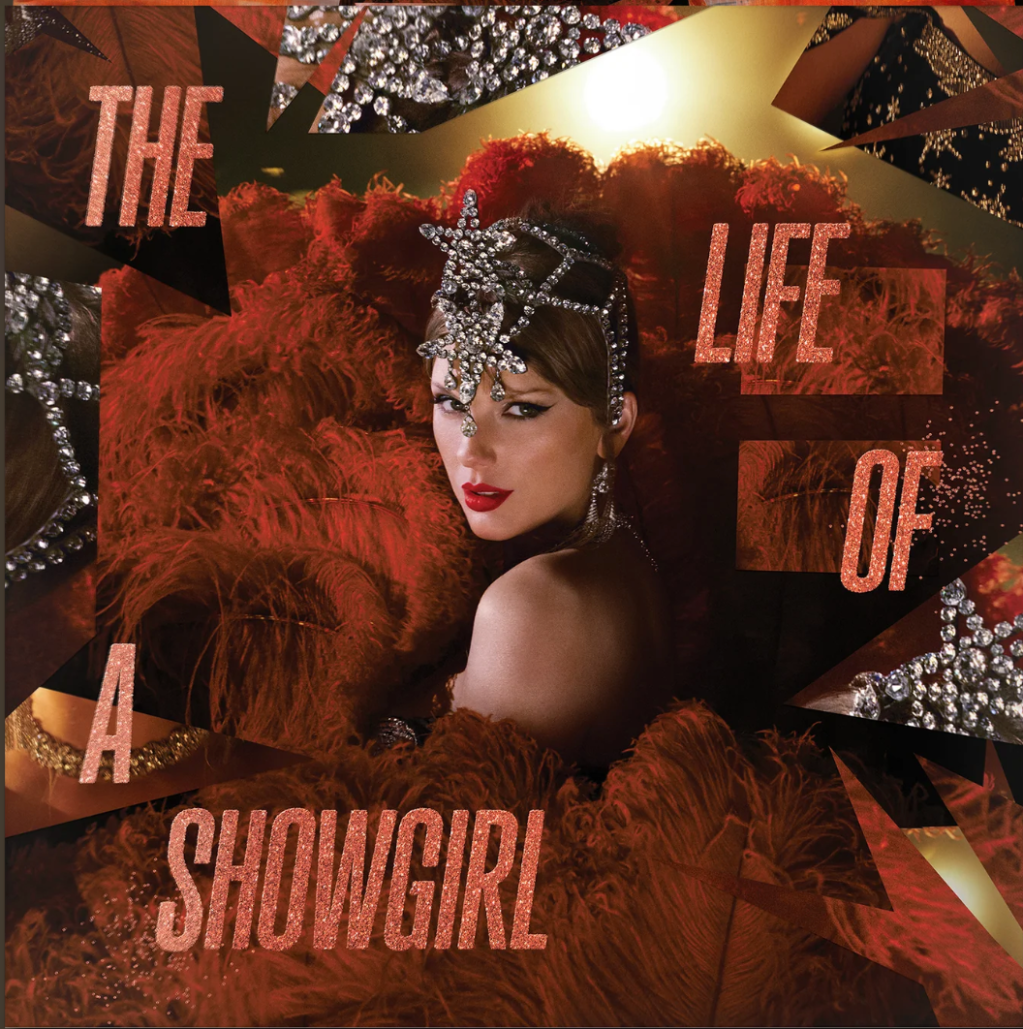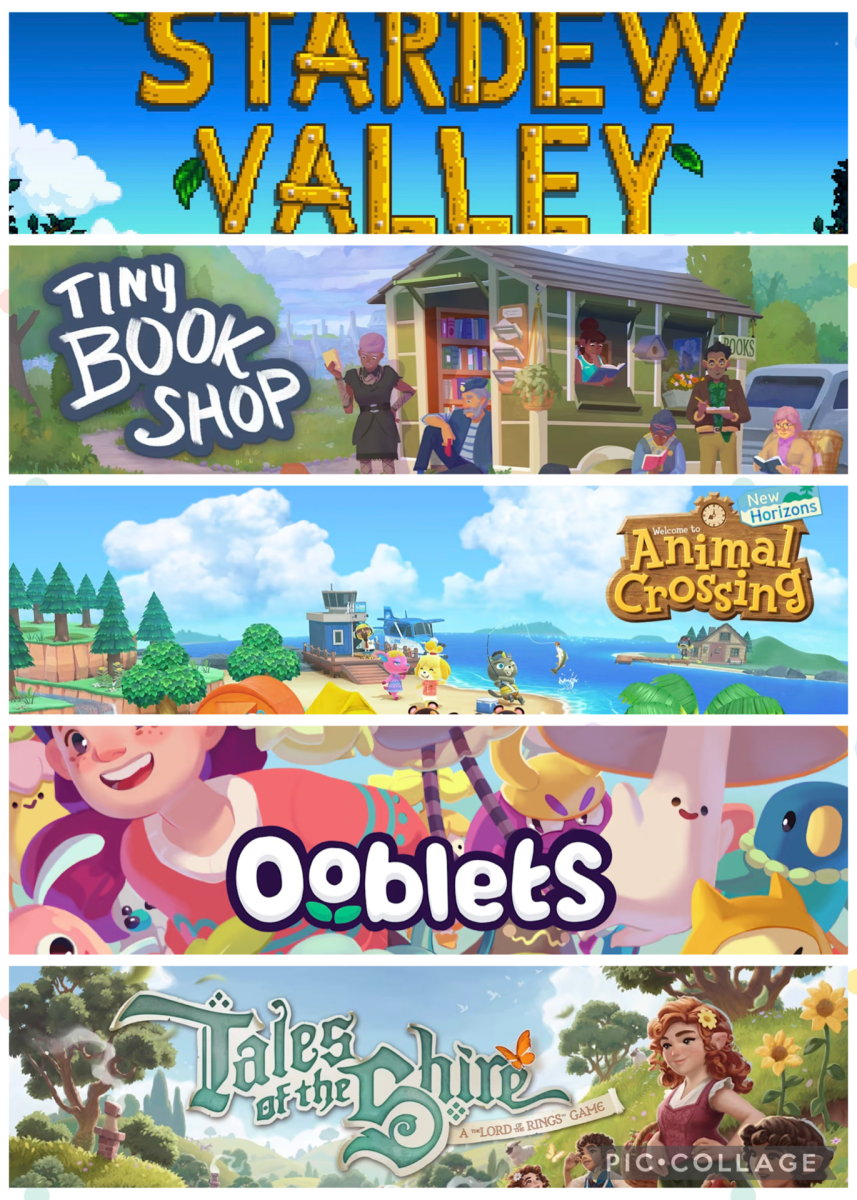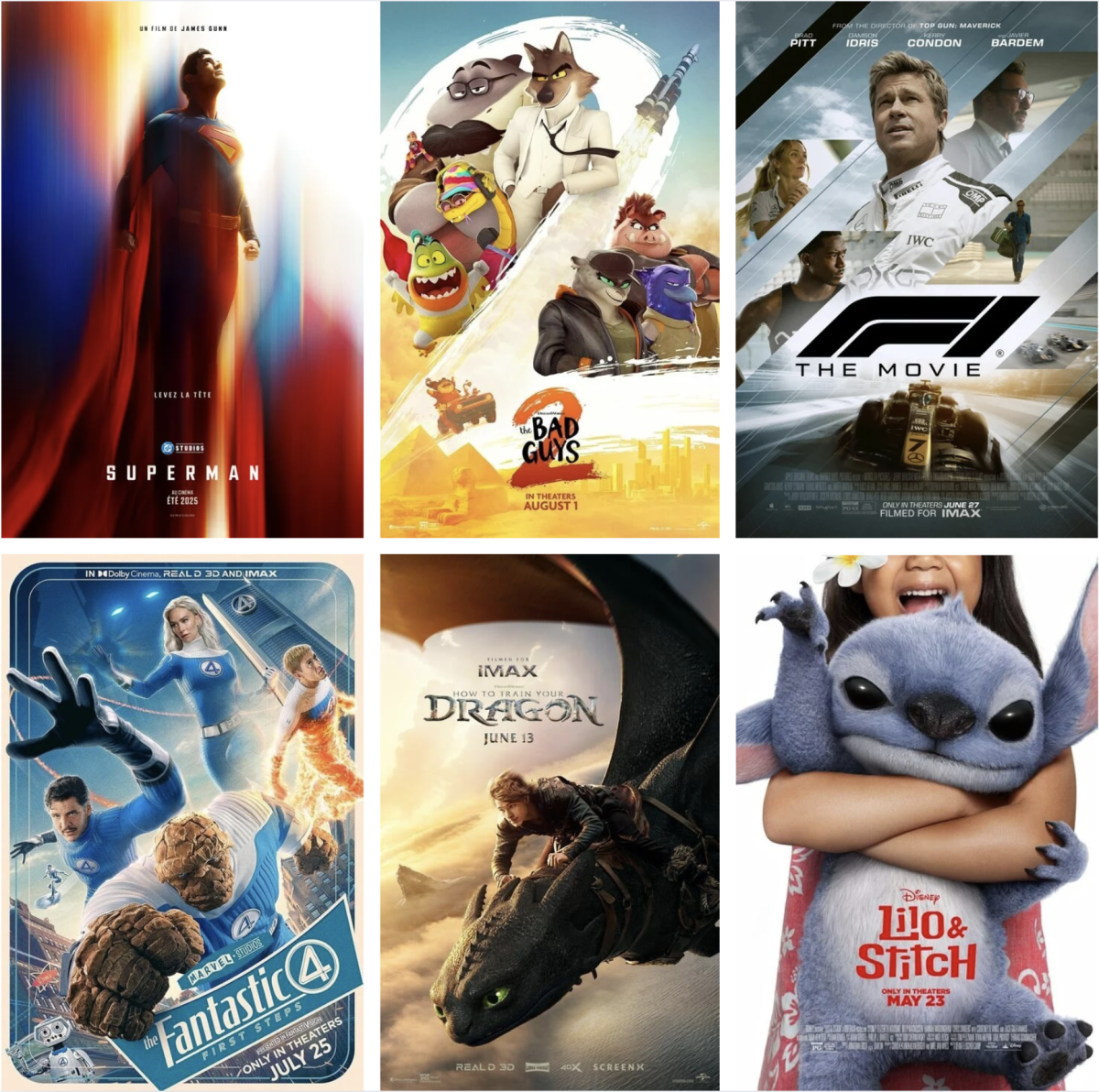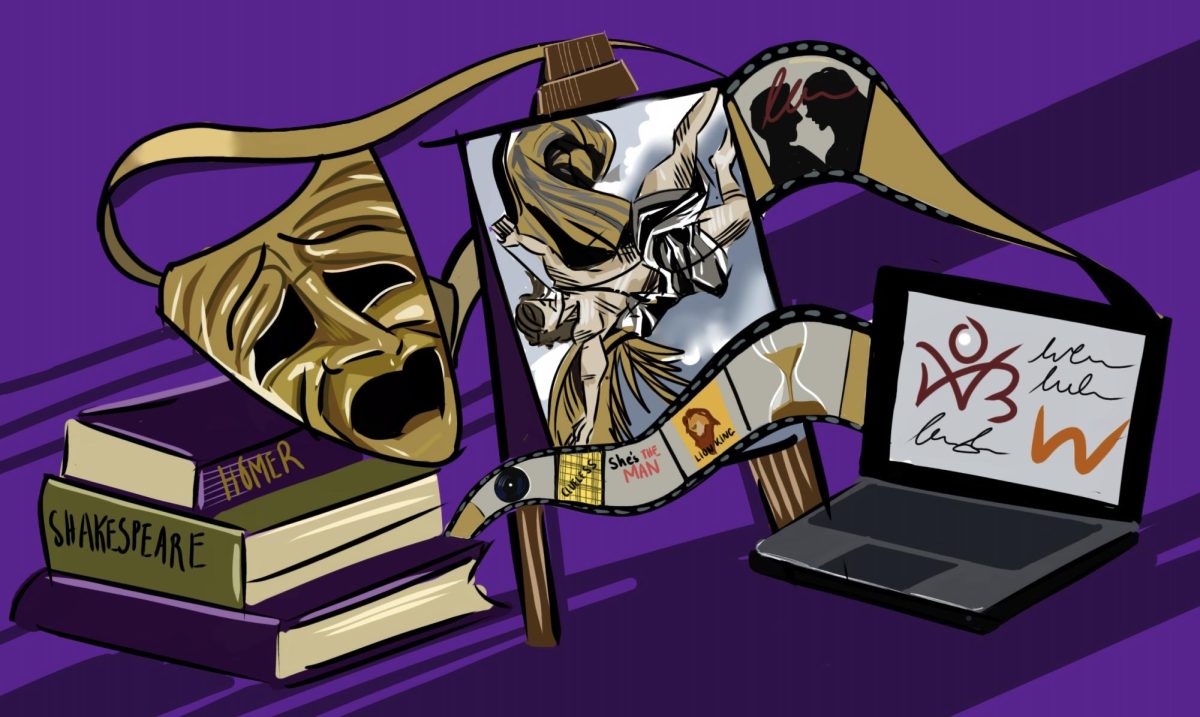
There was once a time when yearbooks felt essential — a thick, glossy capsule of a school year, passed around to be signed by friends and kept as a cherished memento. Today, however, they seem more like relics than must-haves. In an age dominated by smartphones and constant social media updates, the traditional yearbook is struggling to hold its place.
The decline of yearbooks aligns with the rise of social media as a real-time highlight reel. Platforms like Instagram, Snapchat, and TikTok allow students to share and relive key moments seconds after they happen. These platforms offer immediate, personalized ways to capture and revisit memories, leaving yearbooks as outdated summaries in a world of constant documentation. According to Slate, “yearbooks are a ritualized, one-size-fits-all product in a culture increasingly accustomed to personalization.” That personalization is precisely what social media delivers in abundance.
Unlike yearbooks, which provide a single curated look back at the end of a school year, social media gives users a continuous stream of tailored memories.
Unfortunately, the disappearance of yearbooks is only the latest loss in a long line of transitions away from physical media. From books to ebooks, cable TV to streaming services, and CDs to digital downloads, physical items are gradually phasing out of our lifestyles. As Vox notes, we are moving toward a world of digital consumption, where even items traditionally seen as tangible are shifting toward digital platforms and cloud-based storage. In a culture that increasingly values convenience, portability, and instant access, the traditional yearbook faces tough competition.
Yet despite these challenges, there is a possibility that yearbooks as an art form can survive. What sets them apart is what digital platforms can’t offer: a tactile experience and a sense of permanence. Flipping through a yearbook years later, reading handwritten notes from classmates, or laughing at old hairstyles and quotes offers a kind of nostalgia no screen can replicate. The tradition of yearbook signing remains a powerful rite of passage: an analog moment of connection in a digital world.
There’s also a renewed interest in physical keepsakes that carry emotional weight. While a social media post can disappear or be forgotten, a yearbook stays on a shelf, ready to be pulled down at any time. That lasting presence gives it a special value, tying it to identity and memory in a way that digital archives rarely do. As noted in a recent Walsworth Yearbooks webinar, many schools are adapting to trends by emphasizing personalization, theme-driven designs, and more inclusive representation, which help differentiate the yearbook from fleeting digital memories.
To stay relevant, yearbooks shouldn’t attempt to compete with social media; they need to instead embrace their strengths. The durability, personal touch, and creative design of a yearbook can help distinguish them from the fleeting nature of online content. Focusing on what makes them unique — highlighting key figures, showcasing school culture, and featuring original student work — may make the yearbook feel meaningful once again.
Ultimately, while scrolling through digital memories is fast and easy, the physical presence of a yearbook, from the texture of the cover to the signatures of friends, is what gives it lasting emotional power. Yearbooks may no longer be the default way to remember school life, but if thoughtfully reinvented, they can still be one of the most treasured.







